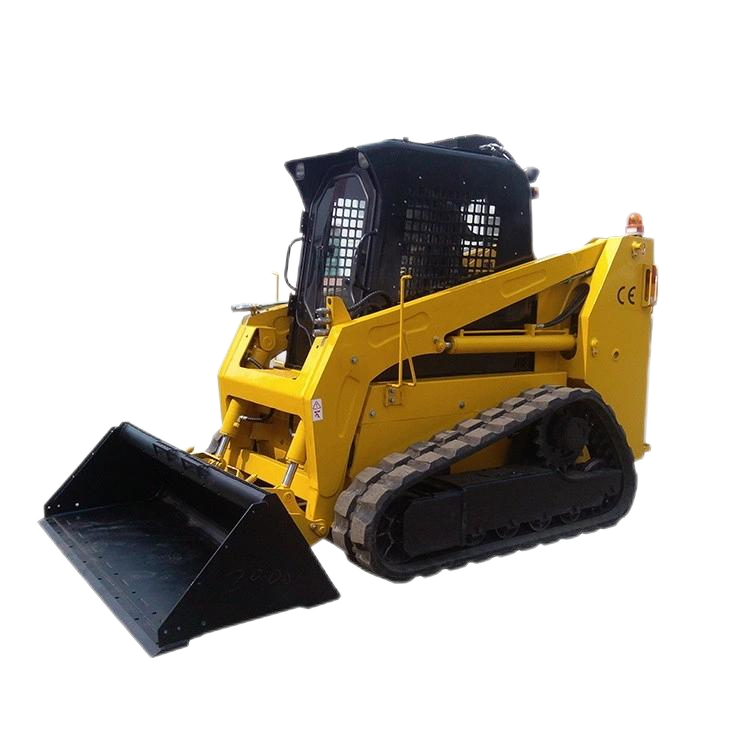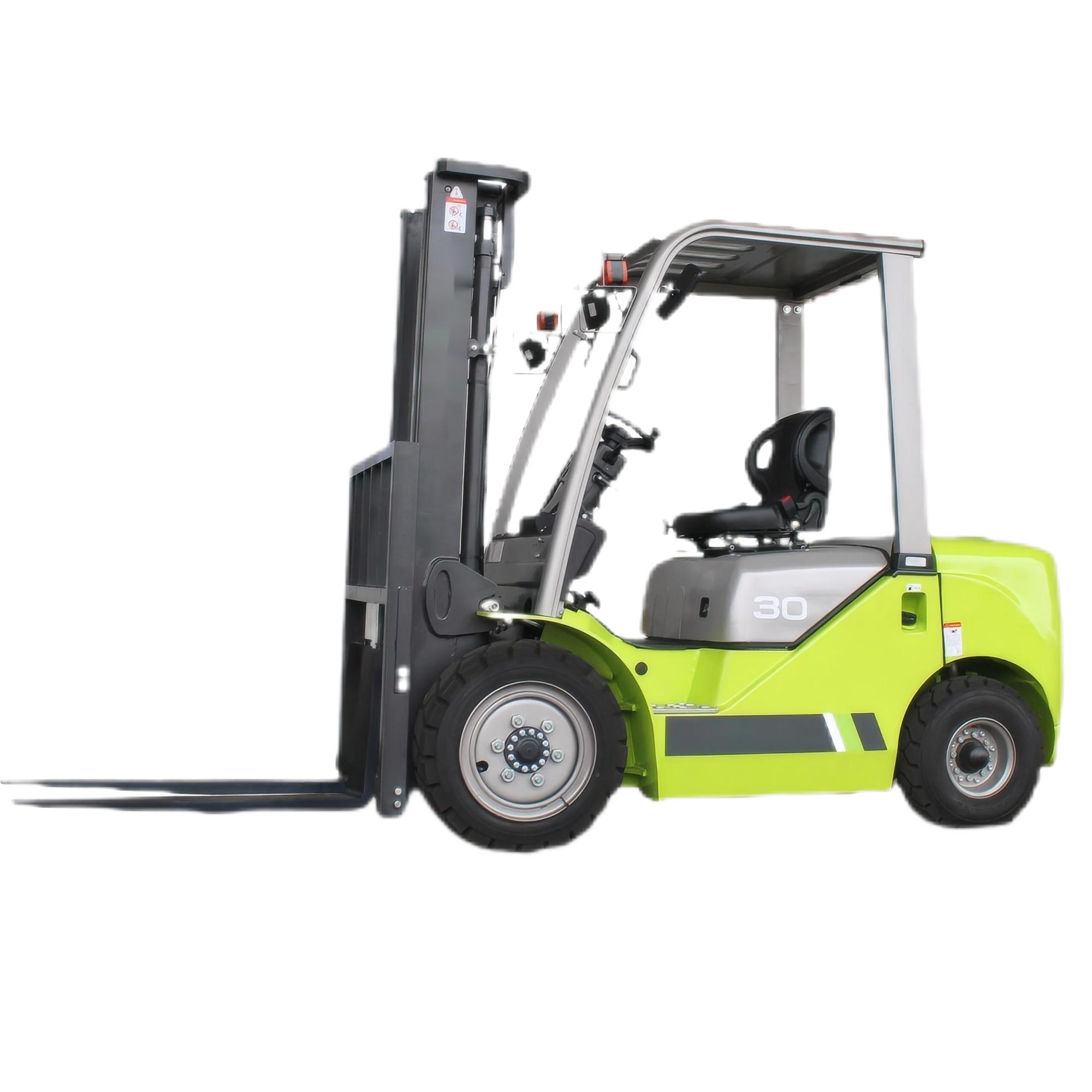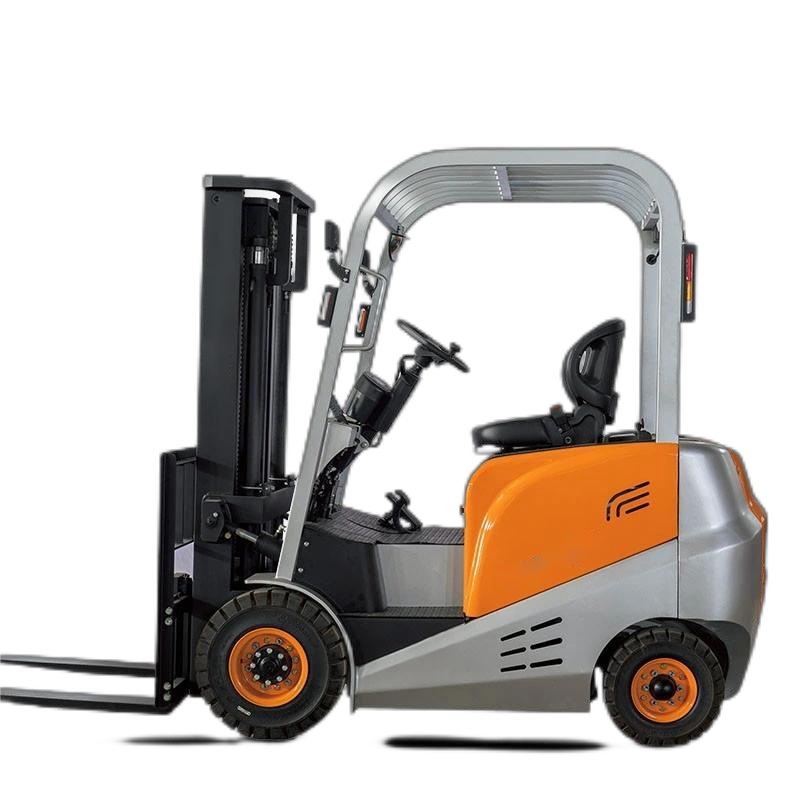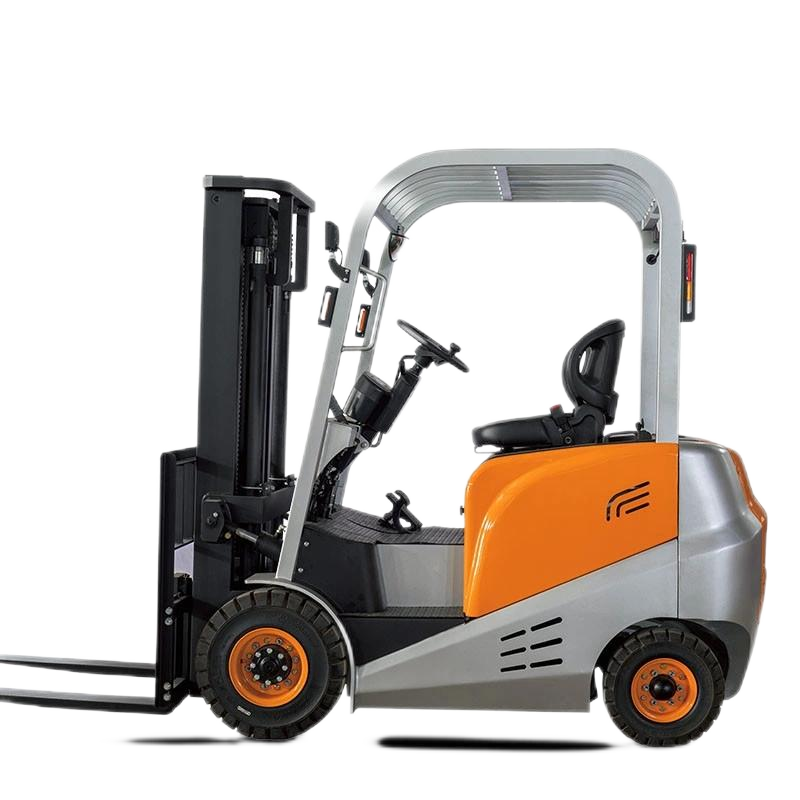Wheel loaders and crawler loaders are two main types of loaders. There are some differences between them in terms of structure, performance, applicable scenarios, etc. The following is the specific introduction:
Structural Features
Crawler Loaders: They use crawlers as the traveling mechanism. The crawlers are composed of many chain links and are tensioned by the driving wheels and guide wheels. The crawlers have a large contact area with the ground, which can provide better stability and traction. However, their structure is relatively complex, and the maintenance cost of the crawlers is relatively high.

Crawler Loaders: They use crawlers as the traveling mechanism. The crawlers are composed of many chain links and are tensioned by the driving wheels and guide wheels. The crawlers have a large contact area with the ground, which can provide better stability and traction. However, their structure is relatively complex, and the maintenance cost of the crawlers is relatively high.
Performance Characteristics
Driving Speed
Wheel Loaders: The driving speed of wheel loaders is usually relatively high, generally reaching 30 - 40 km/h. They can move quickly on flat roads and are suitable for long-distance transportation of materials.
Crawler Loaders: The driving speed of crawler loaders is relatively slow, generally around 10 - 20 km/h. However, they can maintain relatively stable driving on complex terrains.
Traction Force and Ground Contact Pressure
Wheel Loaders: The tires of wheel loaders have a relatively small contact area with the ground, and the ground contact pressure is relatively high. They are likely to get stuck on soft ground or muddy roads, and the traction force is relatively small.
Crawler Loaders: Due to the large contact area between the crawlers and the ground, the ground contact pressure of crawler loaders is small. They can drive on harsh ground conditions such as soft and muddy areas without getting stuck easily, and can provide a large traction force. They are suitable for working on rough, soft, and muddy sites.
Steering Flexibility
Wheel Loaders: They are flexible in steering and have a relatively small turning radius. Especially, wheel loaders with all-wheel steering can complete steering operations in a small space and are suitable for working in narrow work sites.
Crawler Loaders: The steering of crawler loaders is relatively less flexible, and the turning radius is relatively large. However, the crawlers have good guidance, and they have high stability when driving in a straight line.
Driving Speed
Wheel Loaders: The driving speed of wheel loaders is usually relatively high, generally reaching 30 - 40 km/h. They can move quickly on flat roads and are suitable for long-distance transportation of materials.
Crawler Loaders: The driving speed of crawler loaders is relatively slow, generally around 10 - 20 km/h. However, they can maintain relatively stable driving on complex terrains.
Traction Force and Ground Contact Pressure
Wheel Loaders: The tires of wheel loaders have a relatively small contact area with the ground, and the ground contact pressure is relatively high. They are likely to get stuck on soft ground or muddy roads, and the traction force is relatively small.
Crawler Loaders: Due to the large contact area between the crawlers and the ground, the ground contact pressure of crawler loaders is small. They can drive on harsh ground conditions such as soft and muddy areas without getting stuck easily, and can provide a large traction force. They are suitable for working on rough, soft, and muddy sites.
Steering Flexibility
Wheel Loaders: They are flexible in steering and have a relatively small turning radius. Especially, wheel loaders with all-wheel steering can complete steering operations in a small space and are suitable for working in narrow work sites.
Crawler Loaders: The steering of crawler loaders is relatively less flexible, and the turning radius is relatively large. However, the crawlers have good guidance, and they have high stability when driving in a straight line.
Applicable Scenarios
Wheel Loaders: They are often used in scenarios such as urban construction, road construction, and logistics warehousing. In these environments, the work sites are relatively flat, and the road conditions are good. The high driving speed and flexible steering performance of wheel loaders can be fully utilized, and they can quickly complete the loading, unloading, and transportation of materials.
Crawler Loaders: They are mainly applied to complex working conditions such as mines, water conservancy projects, and field operations. In mines, where it is necessary to drive and work on rough and rocky roads, the high passability and large traction force of crawler loaders can meet the requirements. In the construction of water conservancy projects, facing construction environments such as muddy and soft river beaches, crawler loaders can also operate stably.
Wheel Loaders: They are often used in scenarios such as urban construction, road construction, and logistics warehousing. In these environments, the work sites are relatively flat, and the road conditions are good. The high driving speed and flexible steering performance of wheel loaders can be fully utilized, and they can quickly complete the loading, unloading, and transportation of materials.
Crawler Loaders: They are mainly applied to complex working conditions such as mines, water conservancy projects, and field operations. In mines, where it is necessary to drive and work on rough and rocky roads, the high passability and large traction force of crawler loaders can meet the requirements. In the construction of water conservancy projects, facing construction environments such as muddy and soft river beaches, crawler loaders can also operate stably.








